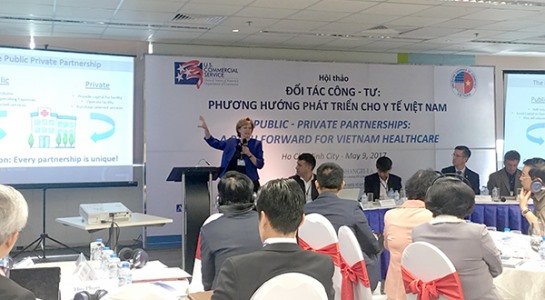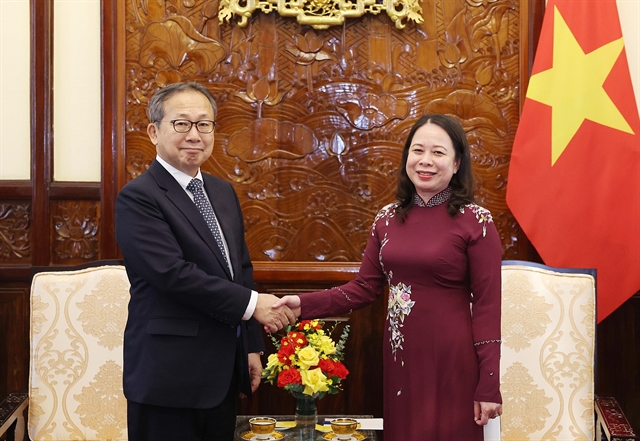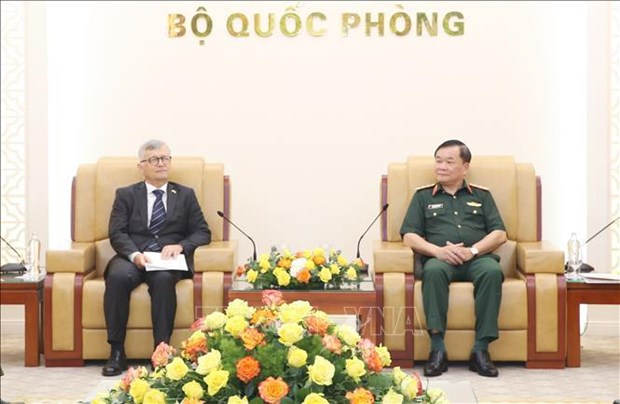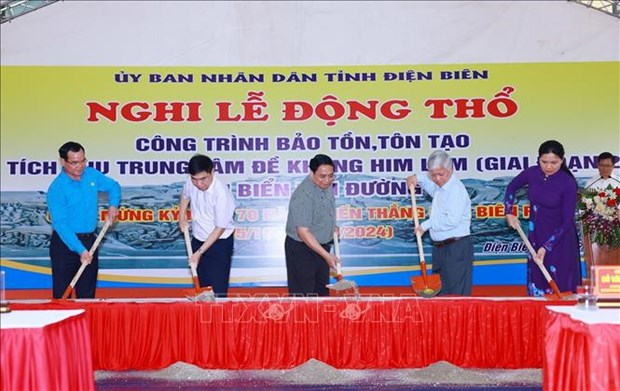 Society
Society

HCM City authorities are soliciting private investment in healthcare projects because public resources are limited, according to the Department of Planning and Investment.
 |
| HCM City authorities are soliciting private investment in healthcare projects because public resources are limited, according to the Department of Planning and Investment. — Photo motthegioi.vn |
HCM CITY — HCM City authorities are soliciting private investment in healthcare projects because public resources are limited, according to the Department of Planning and Investment.
At a workshop on public-private partnership (PPP) in healthcare held in HCM City yesterday, Đỗ Quý Hiệp, deputy head of the department’s division for PPP, said the Government had many policies to attract investment from the private sector in public services including healthcare.
The city People’s Council this year approved a list of projects and allocated nearly VNĐ25 trillion (US$1.1 billion) for them, but only 5 per cent of it is for healthcare, according to the official.
"Healthcare projects need double that amount. Private sector investment under PPP mode is greatly necessary to fill this gap, he said.
The city has seven healthcare projects which need VNĐ5.5 trillion, according to Hiệp.
Besides, work was set to begin on 10 other PPP projects as of last March.
They include construction of the Trauma and Orthopedics Hospital, District 7 Preventive Health Centre, Tân Bình District General Hospital and a testing centre for the Phạm Ngọc Thạch Medical University.
Joyce Durham of Global Health Services Networks said the private sector could bring in large investments and modern equipment while public hospitals had highly trained doctors.
They could co-operate with each other to provide better services to patients.
Trương Vĩnh Long, healthcare managing director at Hoa Lâm Corporation, said the current ratio of beds to 10,000 population in the country was 26, lower than the World Health Organisation’s recommendation of 33.
The Ministry of Health was seeking more private investment to improve the ratio, he said.
Public hospitals did not have the resources to upgrade facilities or medical equipment, and PPP would help them, he said.
Hoa Lâm Hospital in HCM City’s Bình Tân District would begin a PPP with the People’s Hospital 115 in the areas of neuroscience, cardiology, endocrinology, and anesthesia at the end of this year.
When the latter’s patients need advanced equipment for diagnosis and treatment, Hoa Lâm would provide them.
Doctors from People’s Hospital 115 would work at Hoa Lâm to help acquire patients’ trust and train its doctors, he said.
Other attendees at the workshop said Việt Nam’s healthcare market had great potential since demand for medical services was growing from the country’s 91 million people.
Private investors wanted to take part in PPP in the healthcare sector, but needed guarantees from the Government to reduce risks, meaning policies should be more comprehensive, they said. —VNS









